Howrah bridge look-alike on the lake to connect to a mosque – GetBengal story
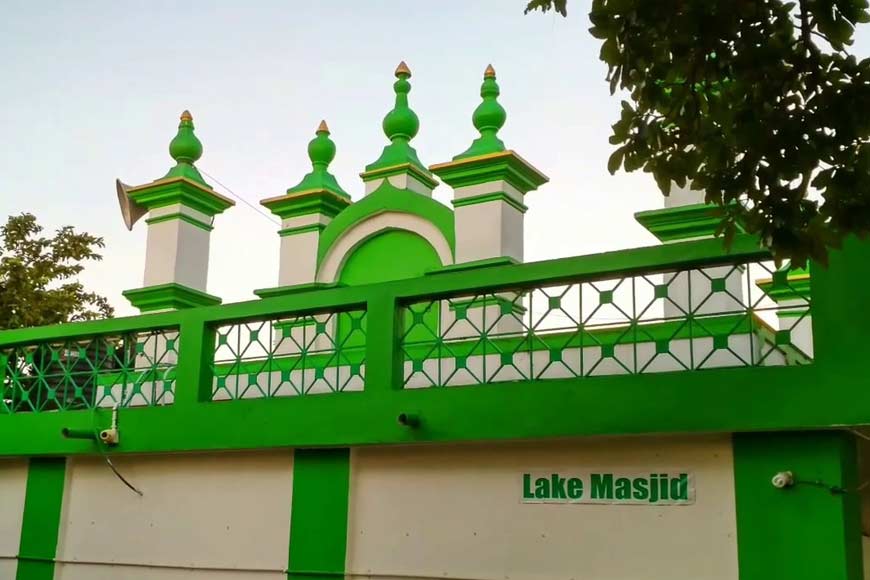
Kolkata, an incredible city steeped in centuries-old history and renowned for its exclusive architecture, harbours many historical gems often unnoticed and rarely discussed. Many of these vignettes of historical gems are still strewn in different lanes and bylanes of an old city. Among these, tucked away in the heart of the city's lungs, Rabindra Sarovar, popularly known as Lakes, lies a unique treasure: the only mosque in India situated in the middle of a water body.
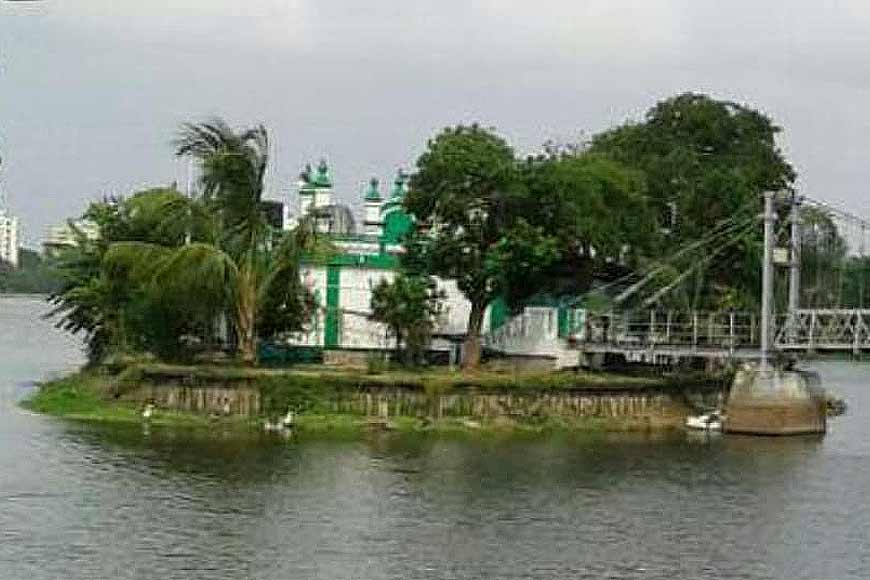
Despite the islands dotting the lakes and the rich biodiversity they host, including migratory birds during winter, few are aware of the mosque's existence, let alone its intriguing history. The mosque and its accompanying bridge, known as the Lake Masjid, are hidden gems in Kolkata's landscape, often overlooked by locals and visitors alike.
Renu Khakra, a regular morning walker in the Lakes who also has her own Rabindra Sarovar walking group, says: “We frequent this place, we have heard of the mosque, but we never knew its history or that it is century old and the British had built the bridge in style of Howrah Bridge to reach this spot.” Like Renu, many are unaware of the mosque's existence and its historical significance, reminiscent of the Lake Palace in Rajasthan, which remains largely unnoticed in the heart of Kolkata.
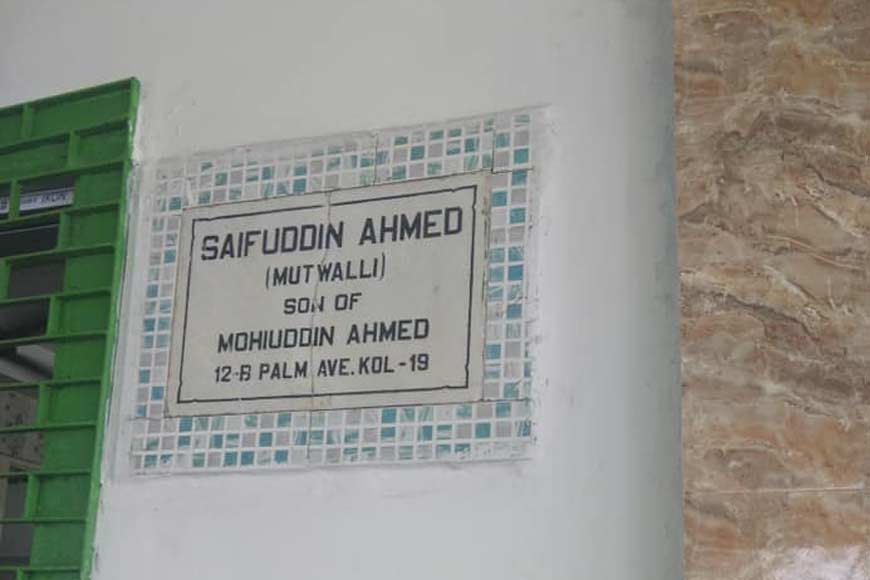
The mosque, constructed in 1824, took on new significance when Lord Curzon sought to beautify Kolkata during his tenure of British rule. His vision included the creation of a vast water body in the heart of the city, intended as both a recreational area and an aesthetic enhancement. Under the auspices of the Calcutta Improvement Trust, the transformation of the area began in 1911. The mosque, once on solid ground, found itself surrounded by water as the lake took shape.
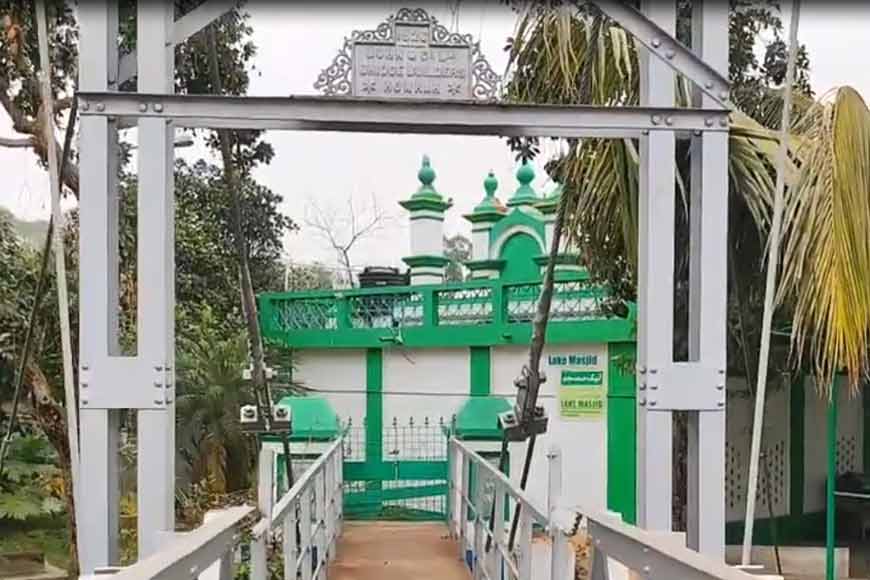
This posed a challenge for local Muslims who regularly attended prayers at the mosque, as they now had to rely on boats to reach it. To alleviate this, the British engaged Burn & Company, later known as Martin Burn, the same firm behind the construction of the renowned Howrah Bridge linking Calcutta and Howrah. Burn & Company embarked on the task of connecting the mosque to the mainland with a bridge.
Completed in 1926, the second hanging bridge, reminiscent of the Howrah Bridge, spanned the lake to provide access to the mosque. Md Naushad, the mosque's Imam for the past decade, shared that the mosque hosts regular iftars, serving 30-40 people daily, with numbers sometimes reaching 70-80. Notably, many Hindu families from states like Uttar Pradesh and Bihar visit the mosque during Ramazan, believing that praying at this century-old mosque fulfils their wishes. These families are welcomed with a hearty iftar meal of fruits, a tradition that highlights the mosque's significance as a symbol of unity and communal harmony.
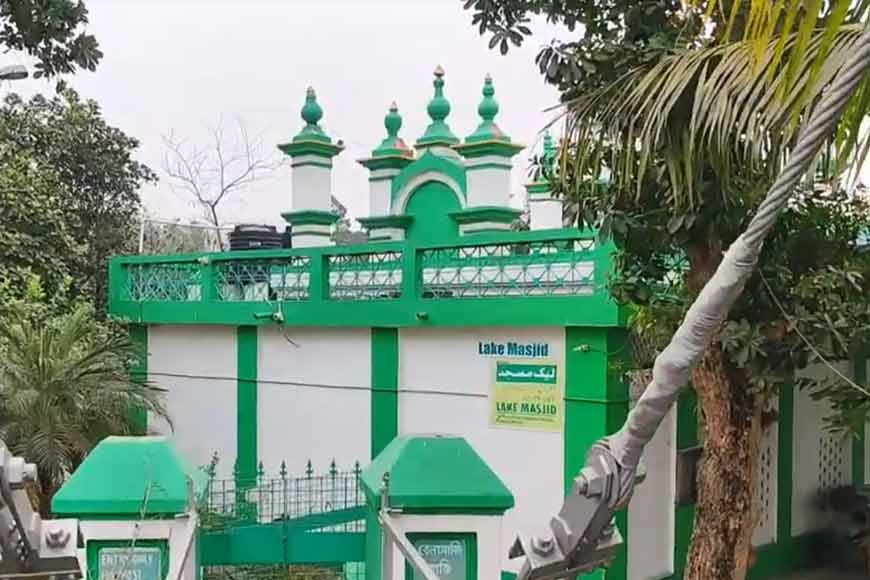
The land on which the mosque stands is considered sacred, dedicated to the service of Allah. It is private property owned by the Ahmed family, who have resided in Gobindopur village since the time of Siraj-ud-Daula, the last independent Nawab of Bengal. Siraj-ud-Daula, known for ousting the British and burning down the Old Fort William, ultimately met defeat at the Battle of Plassey.
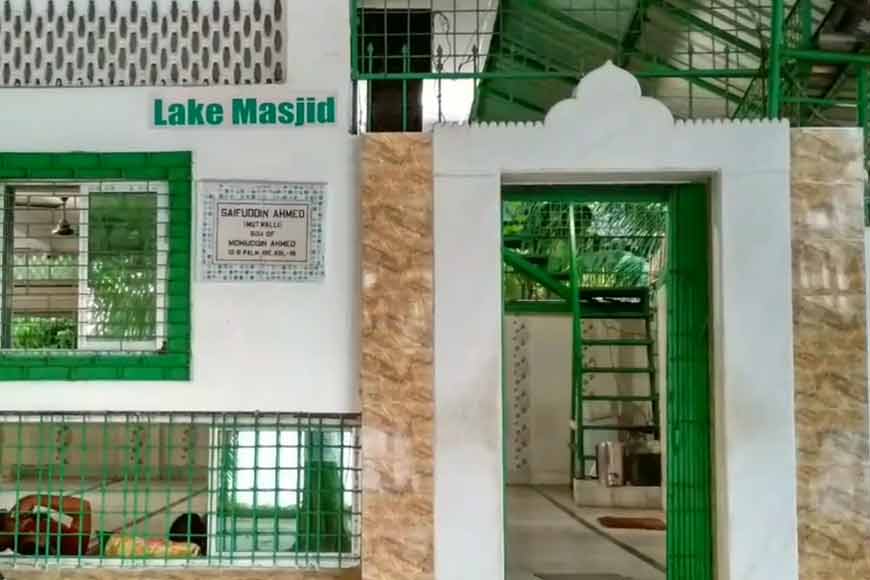
The Ahmed family's ownership of the land traces back to this historical period. They were compelled to relinquish their village of Gobindopur and, in compensation, were granted the land where the mosque now stands. With the creation of the Dhakuria Lakes, the mosque became an island territory, a testament to the enduring legacy of the Ahmed family and their connection to this sacred space.
How to get to the mosque
To reach the mosque, visitors must navigate a narrow lane beside Lake Club's main gate, pass through a metal gate, and cross the connecting bridge. Once there, as is customary, shoes are removed before entering the mosque, adding to the sense of reverence and peace that pervades this unique historical site.
The Lake Mosque stands as a testament to Kolkata's rich cultural heritage, a beautiful and serene place steeped in history, yet often overlooked amidst the bustling city life.









